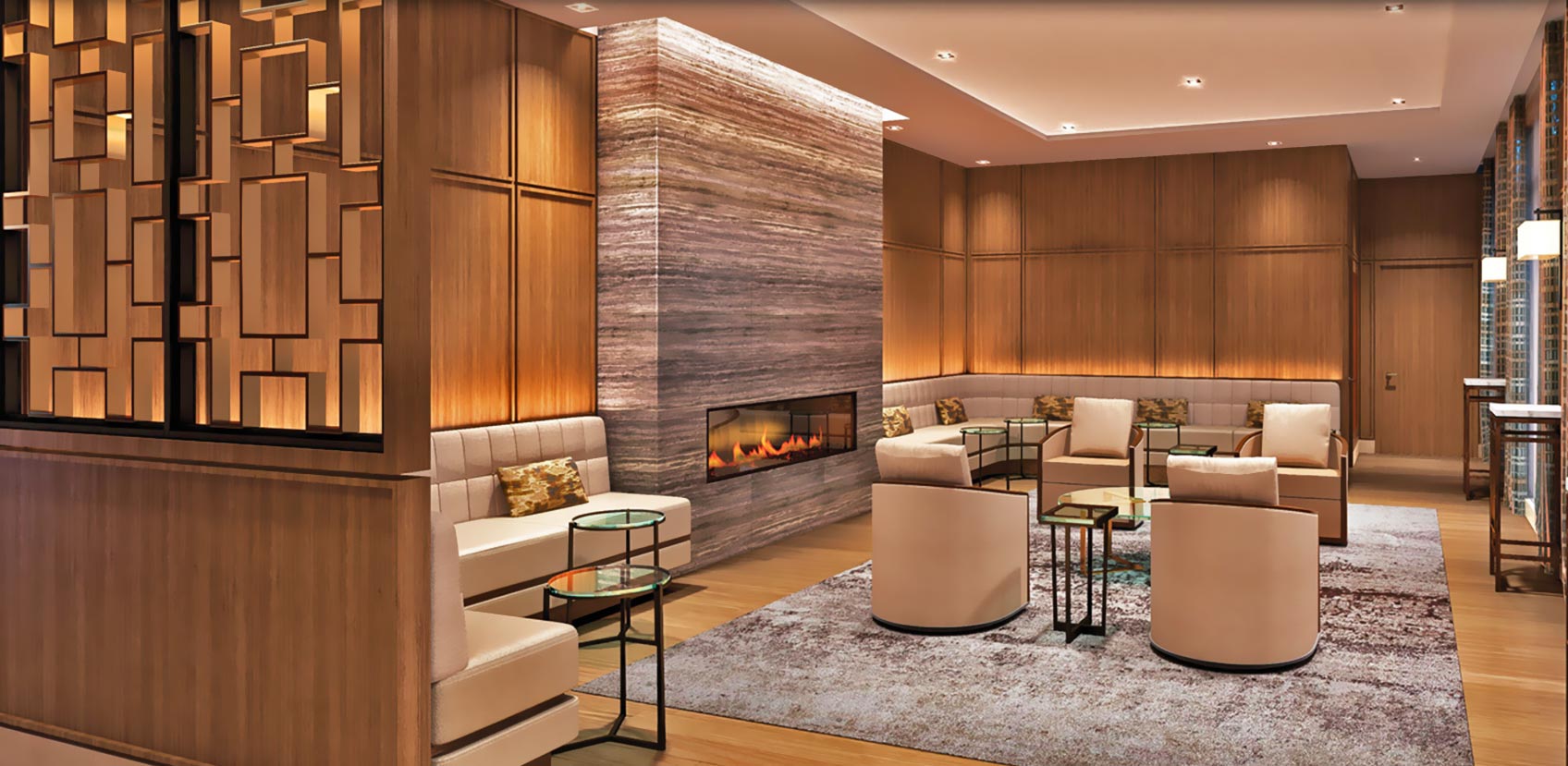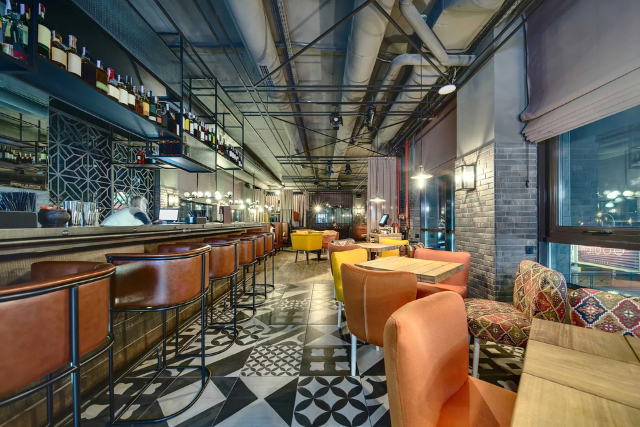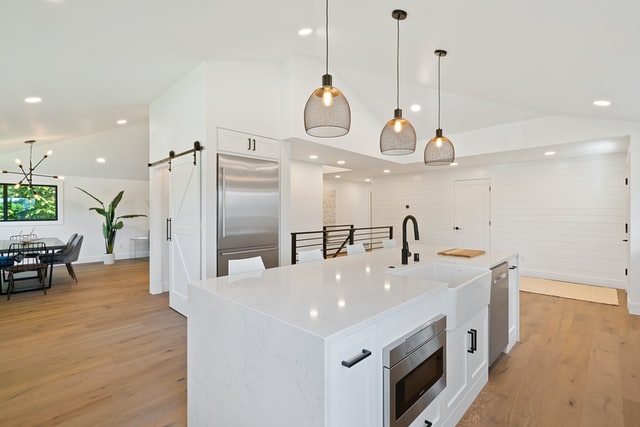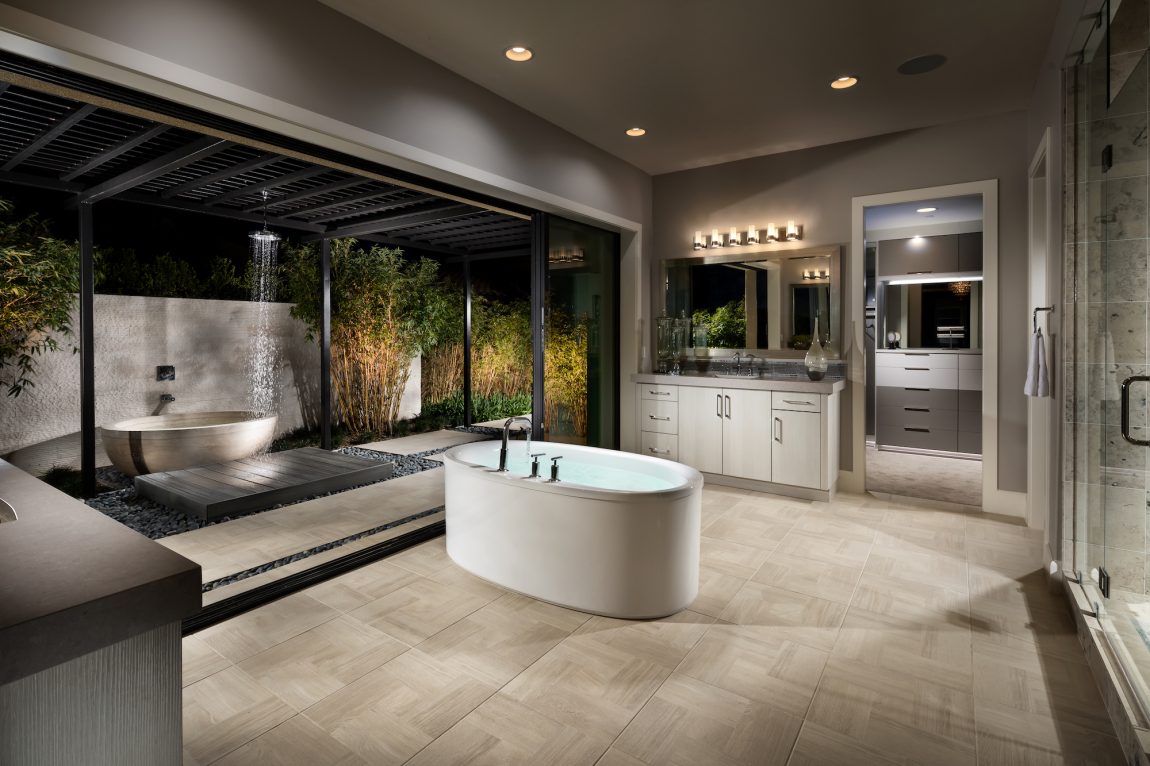How to Transform Your Space
with Traditional Interior Design
Traditional Interior Designer In Canada and USA
In a world dominated by trends, traditional interior design offers a sense of comfort, sophistication, and timeless beauty. Whether you’re furnishing a new home or redesigning your current space, embracing classic design elements can create a warm and inviting atmosphere that never goes out of style.
Understanding Traditional Interior Design
Traditional interior design draws inspiration from 18th and 19th-century European décor. It focuses on symmetry, rich wood tones, elegant furnishings, and intricate details. This style celebrates history and craftsmanship, making it perfect for homeowners who value classic elegance and timeless comfort.
Key Elements of Traditional Interior Design
To achieve an authentic traditional look, consider these foundational elements:
- Symmetry and balance in room layouts
- Crown molding and wainscoting for architectural detail
- Ornate wood furniture like mahogany or cherry
- Classic patterns such as damask, florals, and stripes
Pro tip: Pair antique accents with layered textures to bring warmth and depth to your home.
Color Palettes for Timeless Elegance
Traditional interiors often use neutral backgrounds with rich accent tones. Popular color schemes include:
- Cream, beige, and taupe for walls
- Navy blue, burgundy, forest green, or deep gold for accents
- Warm whites and earthy browns for balance
Choosing Furniture: Classic Styles and Materials
Invest in high-quality, handcrafted wooden furniture with ornate carvings, curved legs, and upholstered cushions. Look for:
- Chesterfield sofas, wingback chairs, and cabriole-leg tables
- Velvet, silk, or damask fabrics for upholstery
- Marble or wood-top coffee tables with antique finishes
Incorporating Textiles: Fabrics that Define Tradition
Textiles bring comfort and pattern into traditional design. Opt for:
- Heavy drapes with tassels or valances
- Oriental rugs, Persian carpets, and embroidered pillows
- Layered bedding with quilted duvets and accent throws
Lighting Choices for a Warm, Inviting Atmosphere
Lighting is crucial in setting the tone. Use:
- Crystal chandeliers or brass sconces
- Table lamps with pleated or embroidered shades
- Warm white bulbs to mimic natural light
Accessorizing with Art and Antiques
Add character through well-chosen accessories:
- Oil paintings in gilded frames
- Porcelain vases, ceramic figurines, or brass candle holders
- Mirrors with ornate borders to reflect light and enhance space
Tips for Blending Modern and Traditional Design
Create a transitional interior by mixing old and new:
- Pair a traditional sofa with a modern coffee table
- Use classic crown molding in a minimalist space
- Incorporate smart home tech discreetly within classic setups
Maintaining Your Traditional Interior: Care and Upkeep
Traditional interiors require mindful maintenance:
- Polish wooden surfaces regularly
- Vacuum and rotate rugs to preserve wear
- Steam or dry-clean drapes and textiles



